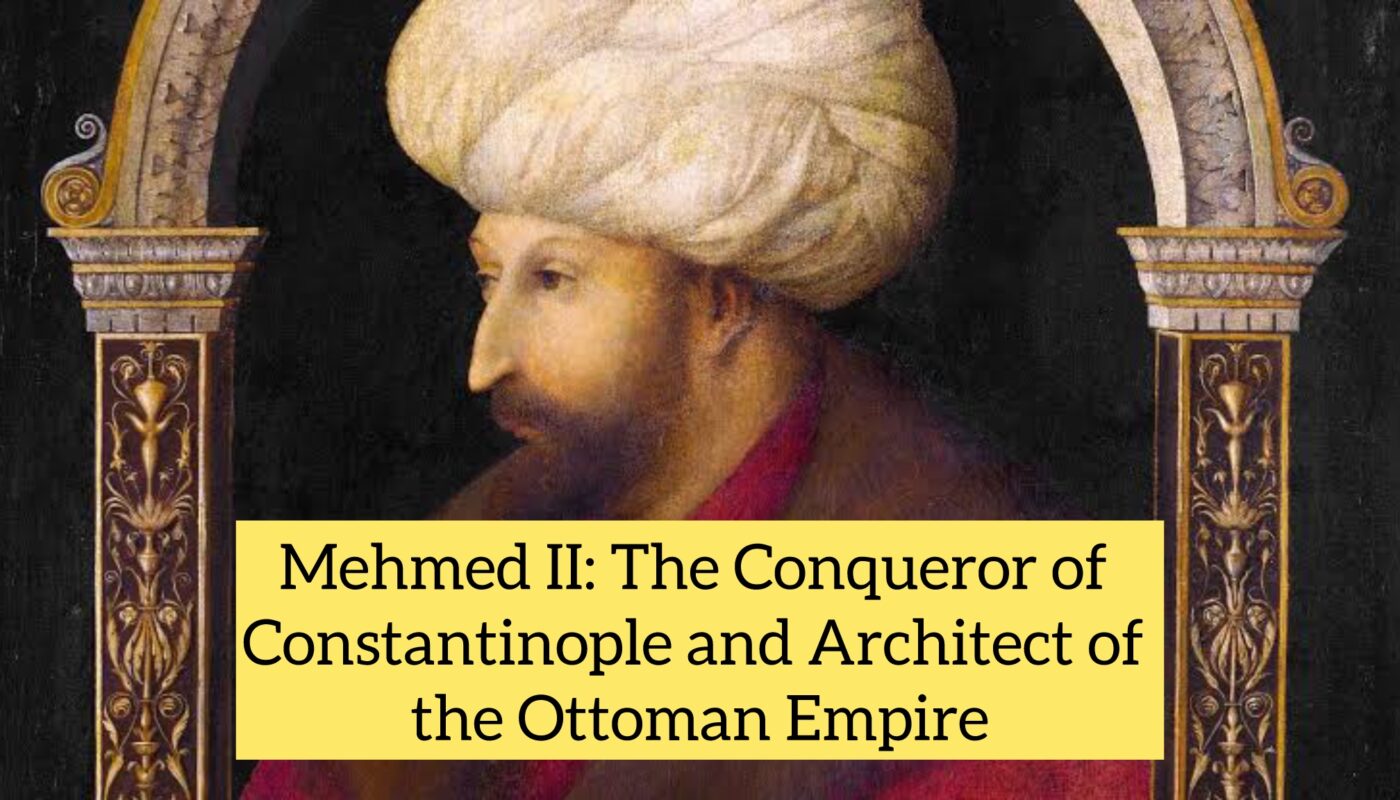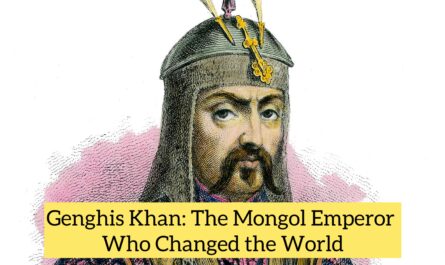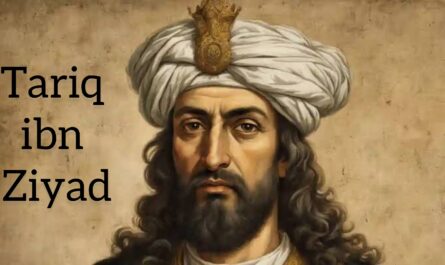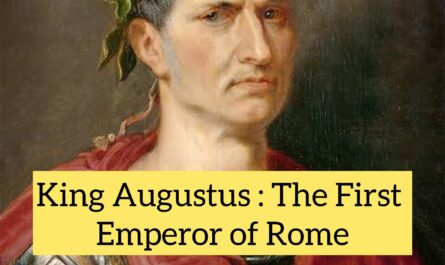Introduction
Mehmed II (1432–1481 CE), also known as Mehmed the Conqueror or Fatih Sultan Mehmed, was the seventh Sultan of the Ottoman Empire and one of its most transformative rulers. His reign (1444–1446, 1451–1481) is best remembered for his conquest of Constantinople in 1453, a pivotal event that marked the end of the Byzantine Empire and the beginning of a new era for the Ottoman Empire. Mehmed II’s military genius, political acumen, and cultural vision helped shape the Ottoman Empire into a global power.
Early Life and Ascension to the Throne
Mehmed II was born on March 30, 1432, in Edirne (modern-day Turkey), the son of Sultan Murad II and Huma Hatun. His early life was marked by the challenges of the Ottoman succession struggle. After the death of his father in 1451, Mehmed ascended to the throne at the age of 19, following a brief interruption in his reign during his father’s lifetime. His early years as Sultan were shaped by political unrest and the need to consolidate power.
Education and Character Formation
Mehmed was highly educated in military strategy, politics, and Islamic jurisprudence, receiving instruction from renowned scholars, poets, and philosophers. His education also included the study of languages such as Arabic, Persian, and Greek, which later helped him bridge the gap between Eastern and Western cultures. Mehmed was known for his intellectual curiosity, and he is credited with reviving the arts and sciences within the Ottoman Empire, as well as fostering an environment of learning.
The Conquest of Constantinople (1453)
The most defining moment of Mehmed’s reign was the siege and conquest of Constantinople in 1453, a feat that is regarded as one of the greatest military achievements of the Middle Ages. The capture of the city not only solidified Mehmed’s legacy as one of the most successful military leaders but also had profound effects on the course of world history.
Strategic Preparations
Constantinople, the capital of the Byzantine Empire, had been a center of Christian civilization for over a thousand years. By the 15th century, however, the Byzantine Empire was in a state of decline, surrounded by the rapidly expanding Ottoman Empire. Mehmed recognized the strategic and symbolic importance of the city, which controlled key trade routes between Europe and Asia and served as a gateway between the Christian and Muslim worlds.
To carry out his ambitious plan, Mehmed made several important preparations:
-
Building a Powerful Army: Mehmed assembled an army of around 100,000 soldiers, including elite Janissaries, as well as Turkish and Serbian troops.
-
Naval Power: To block potential reinforcements and disrupt trade, Mehmed built a fleet of ships to control the seas around Constantinople.
-
Innovative Siege Techniques: One of Mehmed’s most significant military innovations was his use of large cannons. The famous “Basilica Cannon”, a massive 27-foot-long gun, was able to breach the thick walls of Constantinople, which had previously been considered impenetrable.
The Siege (April–May 1453)
The siege began on April 6, 1453, and lasted for nearly two months. The defenders of the city, led by the last Byzantine Emperor, Constantine XI Palaiologos, fought valiantly but were severely outnumbered and outmatched. The Byzantine forces numbered only around 7,000 soldiers, supplemented by a few thousand mercenaries, while the Ottoman forces vastly outnumbered them.
Mehmed used various tactics, including a blockade, to isolate the city from external help. He also employed the use of massive siege cannons and made use of subterranean tunnels to weaken the walls and create openings.
Fall of Constantinople
After a protracted siege, Constantine XI attempted a final stand, but the defense ultimately crumbled. On May 29, 1453, the Ottomans launched a full assault on the city. The Byzantines fought bravely, but they were unable to hold back Mehmed’s overwhelming forces.
The city fell, and Mehmed II entered Constantinople triumphantly, declaring it the new capital of the Ottoman Empire. The fall of Constantinople marked the end of the Byzantine Empire and the beginning of a new era for the Ottoman Empire, which would continue to grow in size and power under Mehmed’s leadership.
Aftermath and Transformation of Constantinople
Upon taking Constantinople, Mehmed sought to establish the city as a center of Islamic culture and learning. He rebuilt and repopulated the city, inviting merchants, scholars, and artists from across the empire and beyond. Constantinople was renamed Istanbul, which would later become the heart of the Ottoman Empire. Mehmed also converted the iconic Hagia Sophia into a mosque, a symbol of the city’s transformation under Ottoman rule.
Further Military Campaigns and Expansion
Following the conquest of Constantinople, Mehmed turned his attention to further expanding the Ottoman Empire and solidifying his control over the Balkans and Anatolia.
-
The Balkans: Mehmed led campaigns against the Serbs, Albanians, and Hungarians, solidifying Ottoman control over much of the Balkan Peninsula. He was also involved in the famous Battle of Kosovo (1448), where he secured the submission of the remaining Christian powers in the region.
-
Arab Lands: Mehmed also expanded into the Arab lands, capturing important cities such as Aleppo and Damascus in the Levant, bringing much of the region under Ottoman influence.
-
Crimea: He expanded the empire’s control to the Crimean Peninsula, forming alliances with local Tatar rulers.
-
Anatolia: Mehmed worked to stabilize Ottoman control in Anatolia, defeating rival Turkic principalities and consolidating his empire’s hold over the region.
Cultural and Administrative Contributions
Mehmed II’s reign was not just marked by military conquests, but also by significant cultural and administrative achievements:
Cultural Patronage
-
Reviving the Arts: Mehmed was a patron of the arts, encouraging the construction of architectural marvels such as mosques, palaces, and schools. His reign saw the flourishing of Ottoman architecture and Persian miniatures.
-
Literature and Scholarship: He attracted scholars from across the Muslim world and Europe, promoting a thriving intellectual climate in his empire. Mehmed himself was a scholar, interested in philosophy, science, and history.
Legal Reforms
-
Mehmed II introduced the Kanun (Ottoman law), which combined Islamic law (Sharia) with secular regulations, creating a legal system that was both flexible and comprehensive.
-
He established a centralized bureaucracy, improved taxation, and focused on infrastructure development.
Death and Legacy
Mehmed II passed away on May 3, 1481, leaving behind a legacy that would shape the history of the Ottoman Empire for centuries. His conquests and reforms created a powerful, multi-ethnic empire that lasted for more than 400 years.
Legacy
-
The Fall of Constantinople: Mehmed’s capture of Constantinople reshaped the political and cultural landscape of Europe and the Middle East. It marked the end of the medieval era and the beginning of the Renaissance, as scholars fled to Western Europe, bringing Greek and Roman knowledge with them.
-
Ottoman Expansion: Mehmed laid the foundations for the Ottoman Empire’s dominance, which would last until the early 20th century. His military and administrative innovations would be used by his successors.
-
Cultural Fusion: Mehmed’s vision of a multi-ethnic empire, where Muslims, Christians, and Jews could coexist, became a cornerstone of Ottoman rule. Istanbul, as a vibrant center of trade, culture, and learning, became one of the most important cities in the world.
Conclusion
Mehmed II was a visionary and a conqueror, one of the most important figures in world history. His conquest of Constantinople was not only a military triumph but also a cultural and geopolitical turning point that reshaped the world for centuries. His reign marked the rise of the Ottoman Empire as a global superpower, and his contributions to law, culture, and administration remain integral to the legacy of the empire.
Mehmed’s ability to combine military prowess with cultural sophistication, along with his vision for a unified empire, secured his place as one of the greatest rulers in history.



